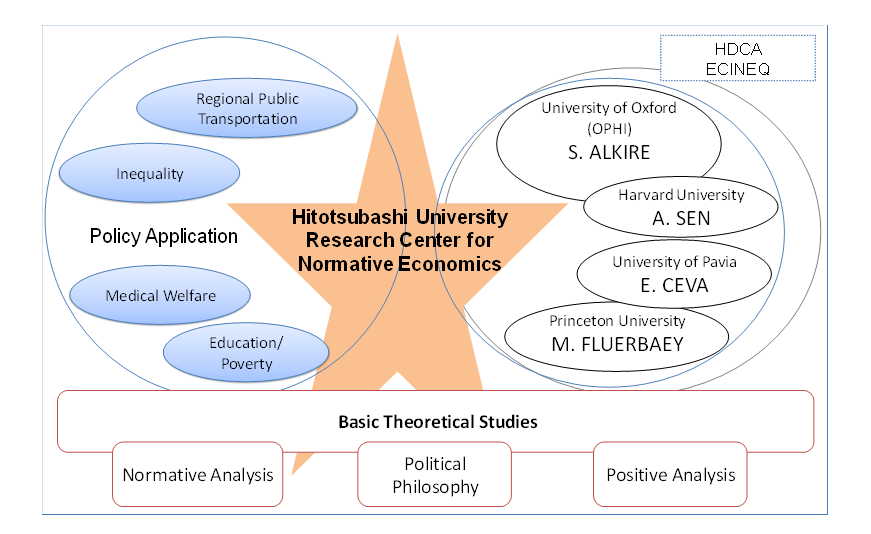There were noticeable collaborations among economists, political philosophers, and moral philosophers from 1950s to 1980s. When so called New Welfare Economics was increasingly sophisticated, they criticized the narrow welfaristic method of economics and explored a new approach to welfare economics by making use of a wide and expanding range of knowledge in social sciences.
'A Theory of Justice' (1971) by John Rawls, for example, has clear signs of academic exchanges with notable economists such as K. Arrow, J. Harsanyi, R. Musgrave, and A. Sen. Furthermore, Sen challenged I. Berlin's theory of liberty and R. Hare's moral theory. 'Utilitarianism and Beyond' (1982), co-edited by philosopher B. Williams and economist A. Sen, aimed for some dialogue between theories of ethics and political philosophy (Rawls, R. Hare, C. Taylor, etc.) on one hand and economic theory (J. Mirrlees, F. Hahn, P. Hammond, etc.) on the other. We should not forget A. Atkinson and J. Stiglitz, who tried to integrate social policy and economic theory.
Japan too saw some early attempts to provide a foundation for studying new measures to replace utility, without dismembering two perspectives in economics, i.e., normative philosophy and positive science. They include, among others, Kotaro Suzumura's social choice theory of 'rights' ('Keizai Keikaku Riron' 1982), Yuichi Shionoya's economic philosophy of 'justice' ('Kachi Rinen no Kouzou: Kouyou kara Kenri he'), and Tsuneo Ishikawa's economic analysis of 'inequality' (Shotoku to Tomi, 1991).
However, the two perspectives went gradually isolated from each other after 1990s. It was as though welfare economics on one hand and political philosophy and ethics on the other were discussing the same subject in totally different languages. The aim of this Research Center is to shed new light on historical, methodological, and philosophical foundations of normative economic theory by integrating findings from both perspectives.
